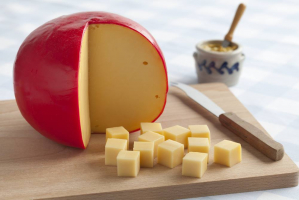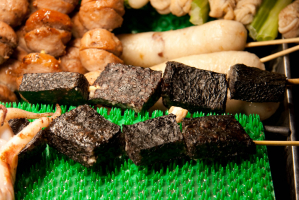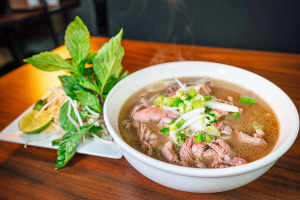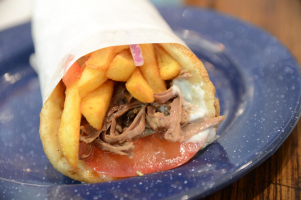Top 5 Most Popular Swiss Cheeses
There are many things that Switzerland is famous for, and one of them is cheese! These flavorful and creamy cheeses can be employed in numerous dishes and ... read more...specialties. Let’s see which are the most popular Swiss cheeses to date!
-
Schabziger is one of the most popular Swiss cheeses. It comes from Glarus, a region famous for producing the most delectable and high-quality Schabziger. Many people are still uncertain about the actual origin of Schabziger, and lots of guesses and speculations have been made. However, it seems the most common theory is that this Schabziger cheese dates back to the eighth century. Some proofs (though still questionable in validity) have been provided to ascertain such hypotheses.
Also, Schabziger is Switzerland's earliest protected brand. What does that mean? To be more specific, in 1463, a council meeting resolved that the Schabziger cheeses should be imprinted with an authenticating mark, and that seal is still used in many kinds of cheese today.
This zero-fat, lime-green cheese is prepared from skimmed milk curds that should have been matured for eight weeks, then pulverized and blended with powdered fenugreek seeds. The cheeses are then formed into a little cone (known as stockli) and coated in silver foil!
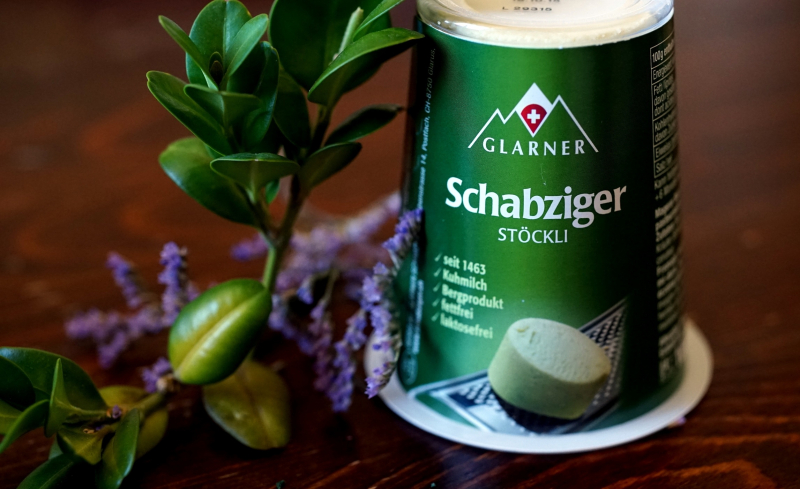
Source: Helvetic Kitchen 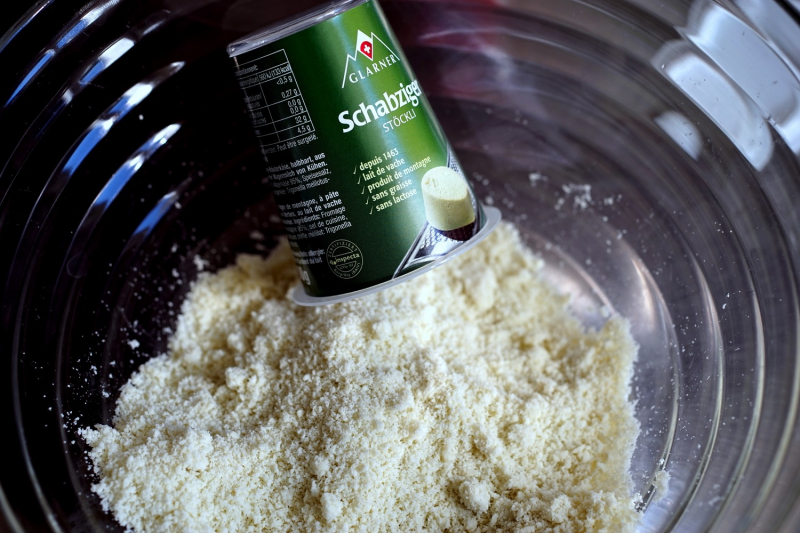
Source: Helvetic Kitchen -
Vacherin Fribourgeois is also one of the most popular Swiss cheeses. It is classified as a classic semi-soft Swiss cheese. Vacherin Fribourgeois was invented by Bulle and Fribourg, who used milk from raw cows to produce this cheese and add to its deliciousness.
In the Alpine meadows, only grass and summertime hay are consumed by the cows. That is why the scent of the scrubbed rind is strong. The inside parts of Vacherin Fribourgeois conceal an open, buttery, and robust feel, while the strong grassy fragrances are accompanied by buttery, nutty, creamy, and acidic sensations.
It is a bit difficult to purchase this cheese, however, since it is only manufactured by a small number of local artisanal cheesemakers. Overall, there are six types of Vacherin Fribourgeois, whose lifespan vary: Basic (6-12 weeks), Extended (at least 12 weeks), Rugged (at least 13 weeks and up to 26 weeks), Alpages (12-25 weeks), Alpine (9-25 weeks), and Organics (at least 9 weeks).
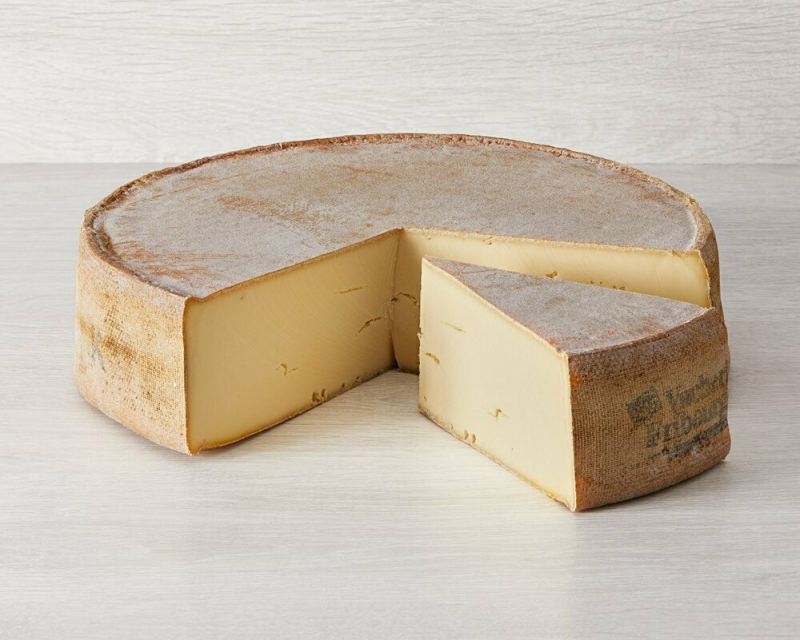
Source: Chevre Miami 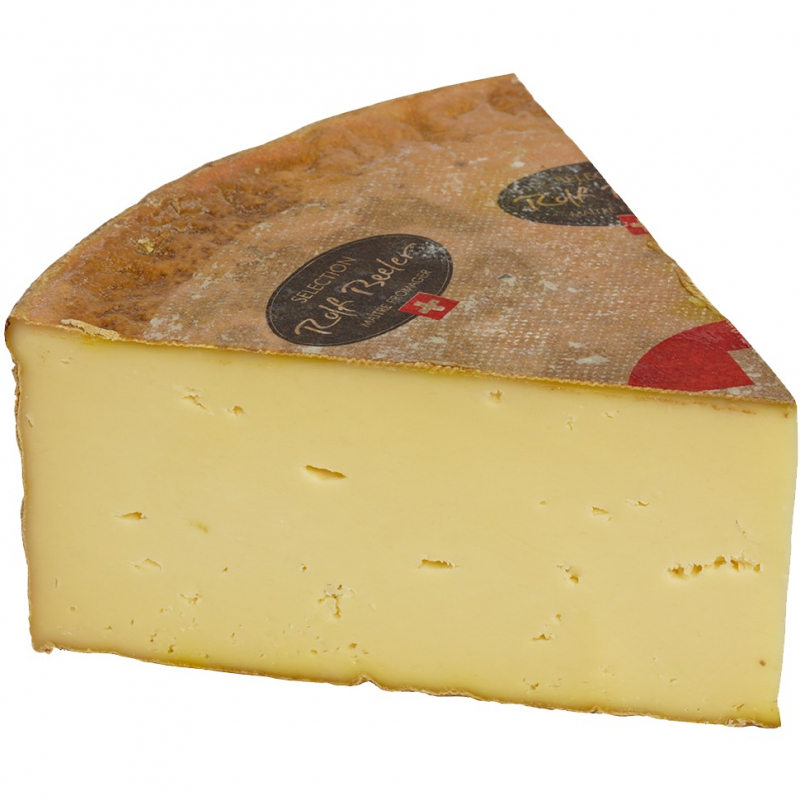
Source: True Foodies -
L'Etivaz might be a somewhat unfamiliar name to non-Swiss eaters. But to many Swiss locals, L'Etivaz is very popular. It can accommodate most Swiss recipes, adding more flavor and feel to the overall dish.
So which part of Switzerland did this delectable cheese come from? According to trustable sources, this classic Swiss cheese variant seems to come from Vaud Canton, the region that has made L'Etivaz become more mainstream. Sources also claimed that L'Etivaz is produced in the same manner that Gruyere was centuries ago. But one thing that makes L'Etivaz more special is that, unlike Gruyere, L'Etivaz does not alter its original taste attribute.
The cheese is produced from summertime raw cow's milk. It is cooked in large copper tanks over an exposed wood fire; sometimes, some of the embers may fall into the uncovered vats, giving the cheese a little smoky flavor. L'Etivaz is very aromatic, has a deep and creamy texture, and boasts fruity and nutty tastes with a trace of moisture.
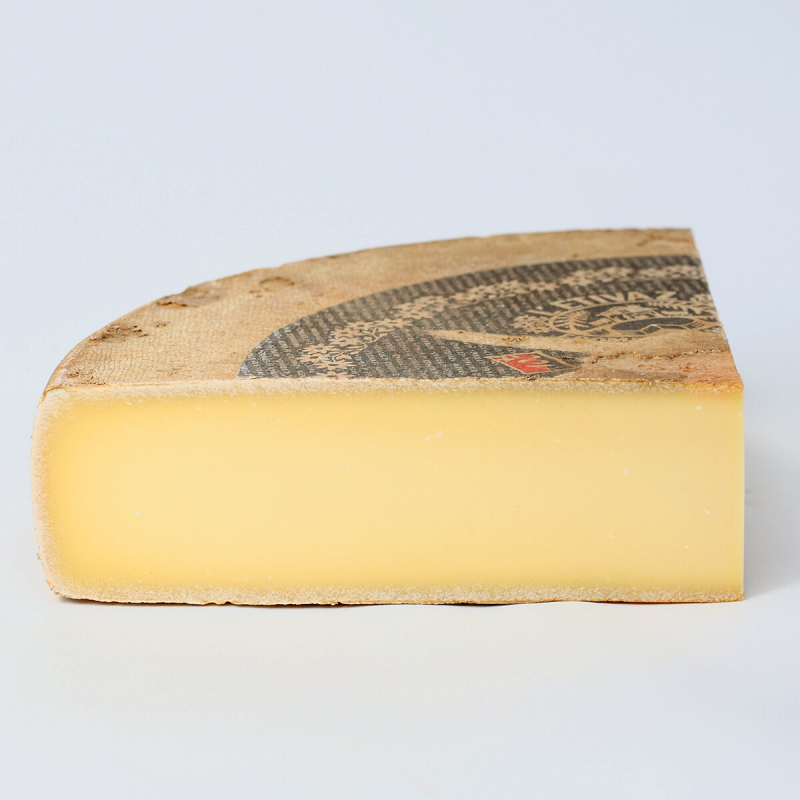
Source: lafromagerie.com.uk 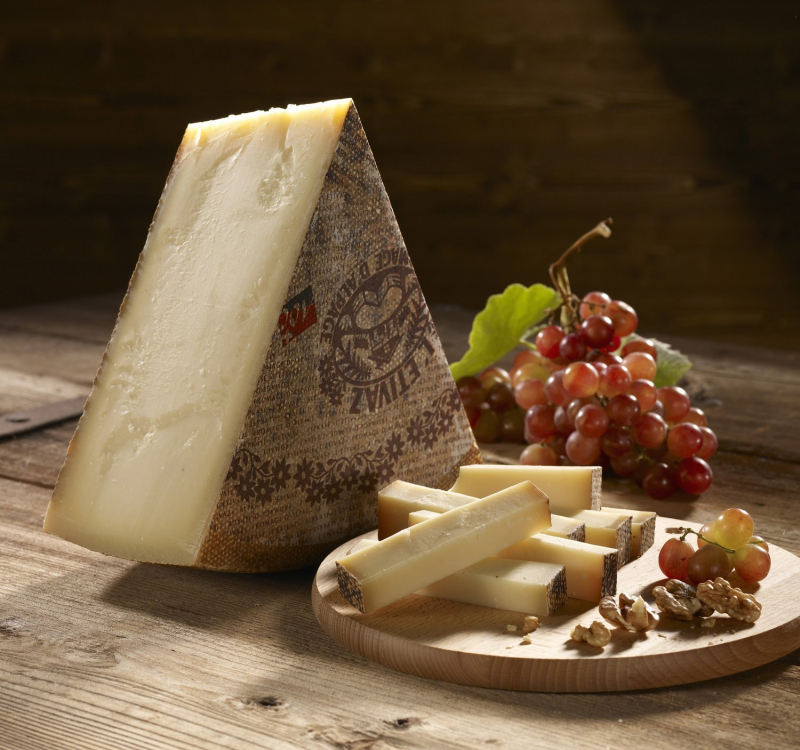
Source: Cheeses from Switzerland -
The name "Vacherin Mont d'Or" sounds quite strange and hard to pronounce. That is also part of the reason why non-Swiss consumers think that this cheese is not popular. But contrary to that belief, Vacherin Mont d'Or has always been a familiar presence in many cheese-flavored dishes!
Vacherin Mont d'Or is a classic Swiss cheese from the regions near Mont d'Or, bordering France. This cheese is prepared from pasteurized cow's milk. According to seasoned chefs, it is only accessible from October to April, which is partly the reason why this cheese is harder to purchase than some other options on this list.
One thing to note is that this cheese should not be mistaken with the Vacherin du Grande or plain Mont d'Or variant, since the latter is manufactured with raw milk from cows only in France. Meanwhile, Vacherin Mont d'Or is also coated in spruce to prevent the inside from liquefying and melting. Due to its mild taste and melting, creamy texture, experts often advise us to consume this cheese at room temperature with a spoon.
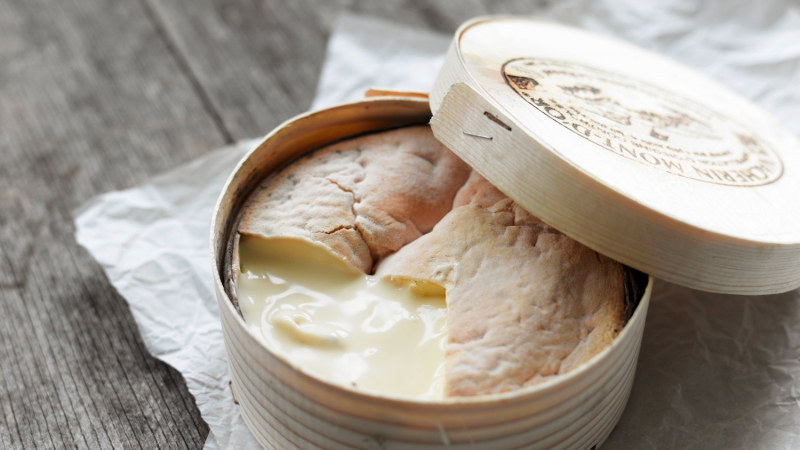
Source: Cheeses from Switzerland 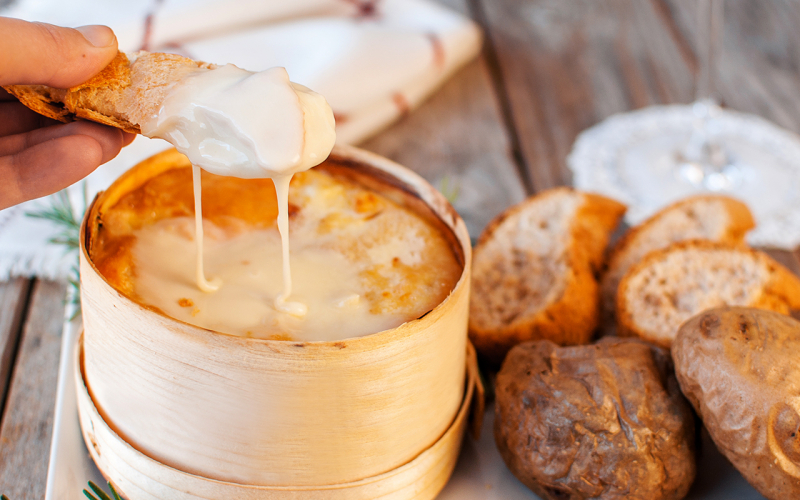
Source: Pong Cheese -
Wrapping up our list is the Sbrinz cheese. Some of you may recognize it instantly if you are a fan of pumpkin beer, Barolo, and Dolcetto d'Alba! Sbrinz cheese has always been used to pair with these aforementioned dishes and beverages, spicing up their flavors and odors.
So what is Sbrinz, and where does it come from, exactly? Sbrinz is a type of Swiss cheese produced from unpasteurized cow's milk. This cheese has a robust rind and a rich, flaky feel. The fragrances are somewhat peppery, and the tastes are rich, powerful, acidic, spicy, nutty, and butterscotch-flavored.
Sbrinz is aged for a minimum of 19 months, and the longer it is aged, the more fragrant it gets. It may be eaten in three different ways: after 18 months of aging, it is cut or shaven into thin rolls; after 24 months, it is broken down into smaller pieces called mockli; and lastly, Sbrinz can also be grated and utilized in a variety of cuisines.
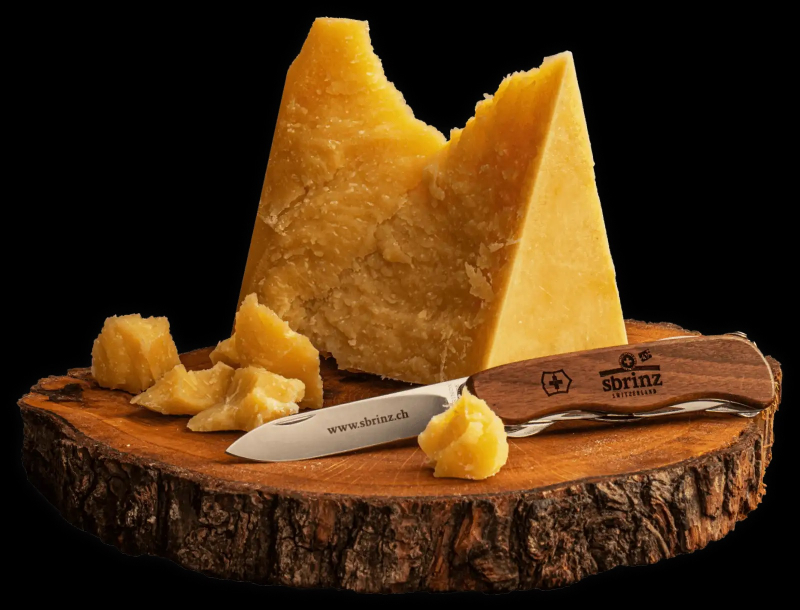
Source: sbrinz.ch 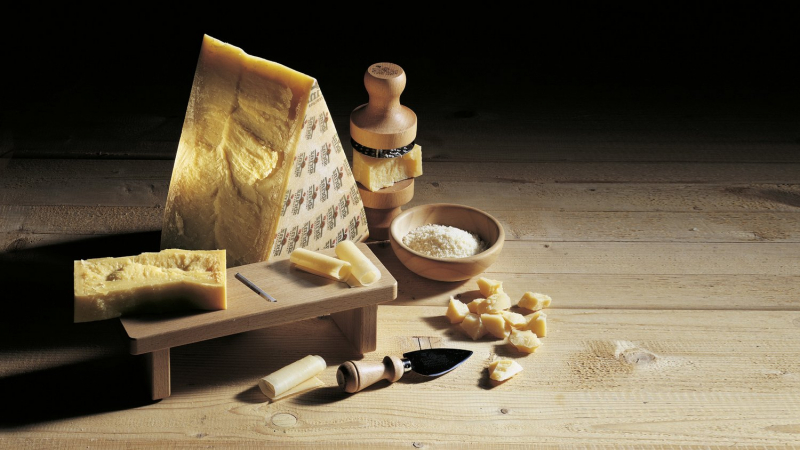
Source: Cheeses from Switzerland







